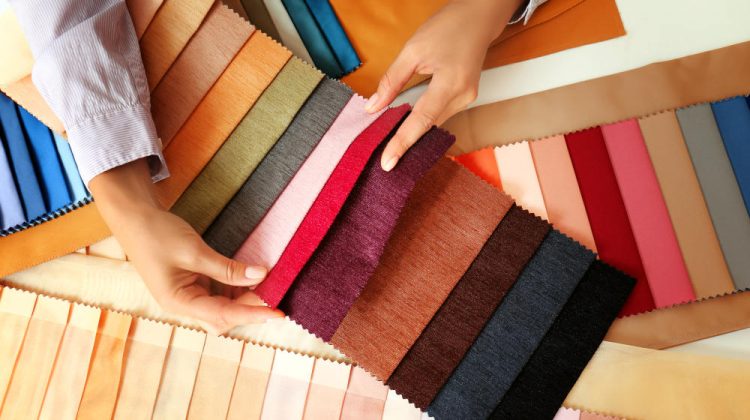Choosing the fabric for pillowcases is a personal choice. Cotton is a popular material because it’s naturally soft, breathable, and absorbent. However, cotton pillowcases may also attract stains and bacteria, but that can be remedied by washing them more frequently. Other options include flannel, which is a loosely woven cotton fabric that is soft to the touch. Another option is Winceyette, a double-napped cotton material that’s more breathable and longer lasting than other materials.
When choosing the material, it’s important to consider how the pillowcase will be used. A simple way to make pillowcases is to fold the fabric over about 3.5 inches, keeping it pinned in place. Then, sew the folded edge to itself to create a faux cuff, or a French seam. The cuffs should line up with the opening side of the pillow, which will be the outside.
Polyester is an option, but it lacks the feel of natural fibers and is not as absorbent as cotton. It is often mixed with cotton to make it more absorbent. On the other hand, linen is a naturally produced fiber from flax, but it is more expensive now. It is a good option, and it has an iconic feel and a recognizable quality. All eight materials are soft and comfortable to the touch, and they have different advantages and disadvantages.
Silk is another choice. Its color palette is rich and versatile. It is very delicate and easily wrinkled. You might want to invest in a high-quality dupioni silk pillowcase if you want a silky look in your bedroom. The material can be machine-washed, but it’s a better option for hot climates. If you want a material that won’t cause your skin to break out, choose Shantung silk or cotton.
While personal preference may determine your choice of material, you should also consider the type of fabric you prefer. You may prefer cotton, which is naturally breathable. Unlike polyester, it doesn’t absorb moisture and is best for hot environments. Moreover, it’s man-made. Regardless of what you choose, it will help you sleep better. The same goes for silk. It provides good support and maintains a comfortable level of temperature.
Although many consumers like to buy pillows of a certain color or fabric, it’s important to keep in mind the comfort and price. It’s also important to consider the material’s washability. Some fabrics are easily sanitized. While you’ll want to be sure to test a few options, cotton is one of the most commonly purchased fabrics for pillowcases. Aside from cotton, many other materials are also available.
Cotton is a popular fabric for pillowcases. It’s a durable, affordable option that’s breathable and cool. However, cotton has its downsides. Some people might not like the material to sleep on, because it leaves non-permanent crease marks on their face. Therefore, it’s best to choose a pillowcase that offers these qualities. The fabric you select should suit your lifestyle. You should also consider the material’s durability.
Besides cotton, there are other types of fabric that are great for pillowcases. Microfiber linens are a popular option, as they are made of 100% polyester. The fabric is lightweight, breathable, and is wrinkle-resistant. A microfiber pillowcase with a zipper allows the pillow to move around easily. Choosing a pillowcase with a zipper is a good way to keep the pillow from sliding all over the house.
Silk is an excellent choice for pillowcases. This type of fabric is naturally derived from the silkworm, and it’s strong and durable. A microfiber pillowcase with a four-inch hem is ideal for standard-size sleeping pillowcases. Its smooth surface makes it a great option for people who like to sleep in comfort. This fabric can also be bought in 4 packs. It’s recommended to check out the price of a particular product before purchasing.
The basic fabric for a pillowcase is usually two yards wide, which will fit a standard-sized pillow. It’s recommended to use a half yard of fabric if you’re making a large-sized pillowcase. This is because it will allow you to create a continuous fabric pillowcase with a half-yard of fabric. A fat quarter will only produce a single pillowcase, so a half yard of fabric will not be enough for a queen or king-sized one.




